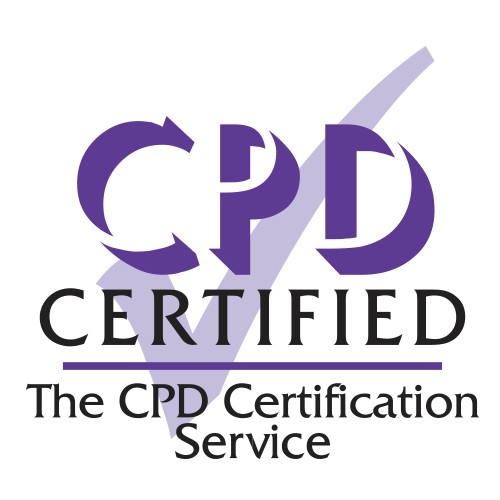
CPD accredited
Buy and assign to
multiple learners
Instant access
via email link
Instant certificate
via email
Further Information - Mechanical Isolations Training
Description
Who is this course for?
This Mechanical Isolations Training course is aimed at all personnel involved in mechanical isolations.
Is previous experience required?
You do not need prior knowledge or experience to complete this course and it is assumed that you are competent in your designated role
How will this course benefit me?
This course aims to provide all relevant personnel with an overview of best practices in Mechanical Isolations.
How will this course benefit my company?
By ensuring you are aware of the best practices in Mechanical Isolations.
What standards are referred to in this course?
N/A
Is there an assessment?
Once you have completed the course, you will be asked questions to check your knowledge and understanding. These are based on the learning objectives for the course and have a pass mark of 80%.
Learning Objectives
• Explain the purpose and scope of best practice procedures in relation to Mechanical Isolations
• Identify common isolation terms
• Identify commonly used valves
• Identify key isolation roles and responsibilities
• Identify common Safety Critical Manual Valves
• Explain how Safety Critical Manual Valves are secured and controlled
• Give examples of LO/LC valve applications
• Identify environmentally critical valves
• Explain the considerations that must be taken when planning isolation work
• Understand the planning requirements for isolation work
• Outline the information that should be included on an Isolation Confirmation Certificate (ICC)
• Identify the three main methods of isolation
• Outline the requirements for personal isolations
• Explain the importance of P&IDs and identify the main symbols
• Explain how to use a Pressure Gauge Range Table
• Explain how to select the best method of isolation
• Explain the requirements for carrying out an Isolation Risk Assessment
• Explain the safe use of bleed valves
• Outline the requirements for isolations during confined space entry work
• Outline the requirements for boundary isolations
• Outline the requirements for retained and mothball isolations
• Give examples of the implementation of each of the main methods of isolation
• Explain the requirements for valve integrity testing
• Identify appropriate contingency planning
• Explain the requirements for lock out boxes
• Identify commonly used isolation tags
• Explain how to ensure isolation security
• Identify alternative methods of locking isolations and ensuring security
• Explain what is meant by HP/LP interfaces
• Explain how to recognise HP/LP interfaces and identify where they occur
• Identify when HP/LP incidents occur
• Give an example of an HP/LP incident
• Give examples of HP/LP interface control measures
• Explain the procedures for the de-isolation of plant and equipment (including leak and pressure testing)
• Explain the purpose of carrying out ‘strength tests’
• Identify the different types of pressure tests
• Identify the steps required for the safe re-instatement of plant
Assessment
End of course assessment with an 80% pass mark.
System Requirements
• Internet access - users will need a device with a web browser and internet connection
• System - runs on computers, tablets and mobile devices using Windows 7 and above and MAC OS devices running IOS 11 and above
• Browsers - Edge, Chrome, Firefox and Safari
• Minimum browser size – none
• Audio – requires device speaker or headphones
Accreditation

This course is CPD accredited. Established in 1996, The CPD Certification Service is the largest and leading independent CPD accreditation organisation working across all industry sectors. www.cpuk.co.uk
Reviews
Insights & News
BSM recognised the evolving needs of a modern workforce and embarked on a journey to overhaul its training initiatives.
As we celebrate World Health and Safety Day at Work 2024, it’s only right to consider how far we have come since the landmark establishment
At Mintra, we're so much more than just a team—we're a force driving innovation and excellence in maritime training across Europe.
